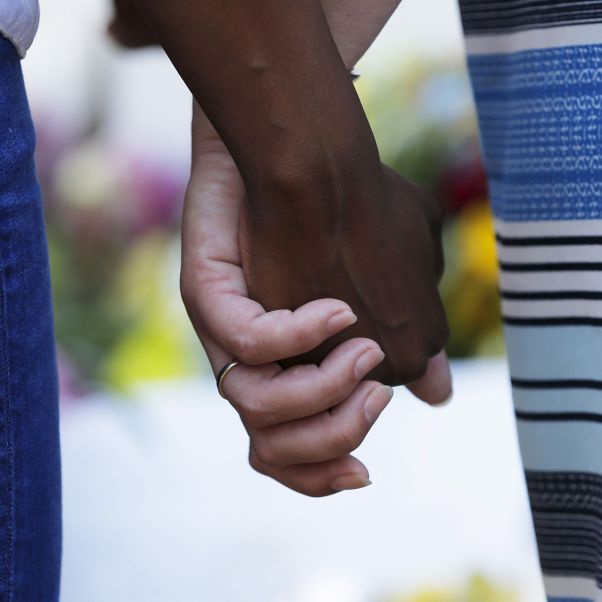Строка навигации

COMMITTEE ON ELIMINATION OF RACIAL DISCRIMINATION DISCUSSES EARLY WARNING, URGENT ACTION AND FOLLOW-UP PROCEDURES

The Committee on the Elimination of Racial Discrimination today discussed issues under its early warning and urgent action procedures and its follow-up procedure.
Patricia Nozipho January-Bardill, Chairperson of the Committee's working group on early warning and urgent action procedures, said that there were two pending cases that fell under the scope of the early warning and urgent procedures. The first involved the case of the Western Shoshone v. the United States. Given the lack of information provided by the State party involved, Ms. Bardill suggested postponement of consideration of the case until next week, when a representative of the Shoshone's would address the Committee.
Regis de Gouttes, Chairperson of the Committee on the Elimination of Racial Discrimination, noted that the Permanent Representative of the United States to the United Nations Office at Geneva had replied to the Committee, stating that the case did not fall within the scope of the procedure in question and should therefore not be a subject for separate consideration. Another argument raised by the United States, the Chairperson noted, was that as it was not a signatory to Article 14 of the Convention, the Committee was not competent to treat this case directly. The United States said it would respond to the question in the context of the presentation of its next periodic report, which had not as yet been received by the Committee.
Ms. January-Bardill said the second case before the Committee under this procedure was the Crimean Tatars in Ukraine. The Ukraine had replied to the working group's questions on the case and Ms. January-Bardill recommended accepting the State party's request to postpone the consideration of the case until that party's presentation of its country report later this year. The suggestion was accepted.
Committee members also discussed general issues concerning the early warning and urgent action procedures. It was stressed that the individual communications procedure, under Article 14, and early warning and urgent action procedures have never been connected.
The issue of the cartoon representations of the Muslim prophet that had sparked recent violence was raised as well as the possibility of discussing it in the Committee within the framework of the working group on early warning and urgent action procedures. It was decided that the issue would be discussed in a closed meeting on 1 March during a general debate of the Committee on double discrimination on the grounds of race and religion.
Morten Kjaerum, Coordinator of the Committee on follow-up, said that the follow-up procedure was moving into a new phase in which the Committee would make recommendations to the State parties involved. A list of countries that had been requested by the Committee in its concluding observations to submit additional information within a year was circulated to Committee members. The list included Australia, Azerbaijan, Bahrain, France and Laos. No reports from those countries had been received to date on priority issues. If replies had still not been received within one month of the end of the current session, in conformity with his mandate, the Coordinator would send reminders to the States parties concerned.
The Secretary of the Committee, Nathalie Prouvez, said that an information seminar, co-hosted by the Irish Human Rights Commission and the National Consultative Committee on Racism and Interculturalism, had been held in Dublin on 10 February, in preparation for the planned follow-up visit by the Committee in 2006. Ireland would be the first country to receive such a follow-up mission.
In conclusion, Mr. Kjaerum said that when the Committee resumed discussion of this topic next week, he would report on encouraging news regarding follow-up in Georgia and would also present draft model guidelines on follow-up.
When the Committee reconvenes at 3 p.m. this afternoon, it is scheduled to take up the eighth to eleventh periodic reports of Guatemala (CERD/C/469/Add.1).
For use of the information media; not an official record
CRD06006E
